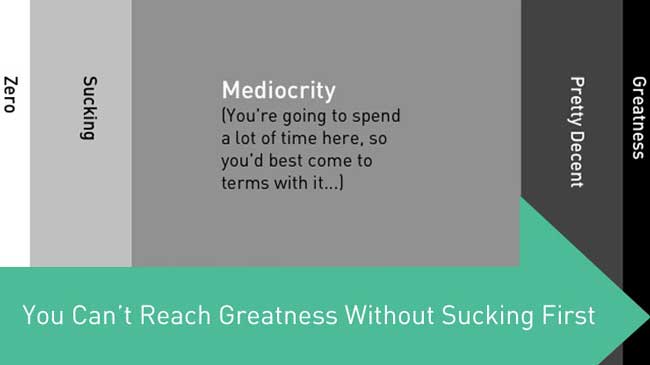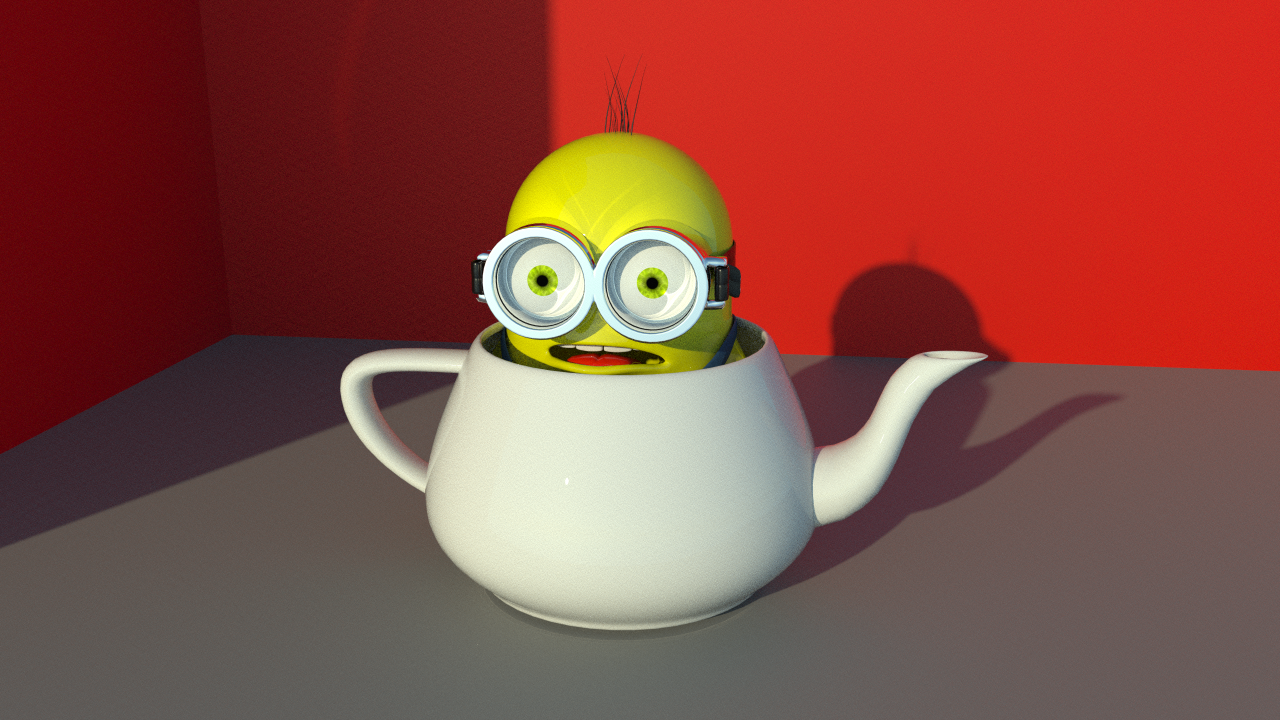SubD examples and models
-
@jiminy-billy-bob said:
Now when Thomthom hits on a gril
"Hey Girl, let me say you've got a beautiful topology!" wink winkWhy not "Right-click > Explode?"
-
-
Now when Thomthom hits on a girl
"Hey Girl, let me say you've got a beautiful topology!" wink wink -
@jiminy-billy-bob said:
Now when Thomthom hits on a girl
"Hey Girl, let me say you've got a beautiful topology!" wink winkYou know me too well!

-
@ely862me said:
Garydorn's cobra retouched .
[attachment=0:2fxodc5p]<!-- ia0 -->289 SU 6 body V3-1.jpg<!-- ia0 -->[/attachment:2fxodc5p]Wow - what an improvement -
was that done by only subD tools , or did you adjust the mesh first manually.
I like the resolution to the front grill - light transition , rear light transition.
I've still got to get the body sides adjusted , as there is quite a curve down the sides.
Also the cockpit shoulder is still not right ( looks like water will run into the armpit/ shoulder , instead of down the door.Thanks dood
-
Everything retouched manually(a lot of mess on the wheel arches), I only used Quad face tools for some operations(loops and pencil)and also a bit the Vertex tools. You need to do a proper mesh in order to be able to subdivide it.
When you know the surfaces you are able to bring it near the real thing. Now I believe you can easily adjust the shape and still keep it subidivdable(if such word exists). -
...that´s fantastic! - please, could you give us (me) any impression with which base (raw) geometry you start to rebuild such a complex shape?
-
This one was simple because I didn't really started it from scratch, I just retouched the model garydorn shared in his topic, http://sketchucation.com/forums/viewtopic.php?f=333%26amp;t=64251 .
As (almost) always, I start with wheel arches(12 segments circle), then hood and top and easily connect these. In an hour you have a body. -
That is excellent!

-
@ely862me said:
This one was simple because I didn't really started it from scratch, I just retouched the model garydorn shared in his topic, http://sketchucation.com/forums/viewtopic.php?f=333%26amp;t=64251 .
As (almost) always, I start with wheel arches(12 segments circle), then hood and top and easily connect these. In an hour you have a body.an hour!
shite, I've worked on this for atleast 12 hrs -
this recent article by Rayn or Andy pretty much says where I am at - "embrassing the Suck
"Some people just seem to be born lucky.
They have the skill, the strength, and the ability to do with all, apparently without working too hard. The rest of us start at zero, and learning to do anything very well means spending a lot of time being mediocre."
full article herethanks for uploading the file - gives me something to study
-
-
It happens every time!
You're quietly working away on simple things,you make a simple bowl, then a stick and a strange little blob.....

then someone goes and lets minions into the thread and it all goes to hell.


I blame that Hornie Ox up there.
-
Lovely render, Box !
@garydorn said:
an hour!
shite, I've worked on this for atleast 12 hrs -
I have about 10 years of working with Sketchup(yet I am far from some people around here) and I first started with modifying the cars I found on the Warehouse. My first car was quite lame but slowly you make progress.
A body shape can be achieved fast but getting it to the right/perfect flow takes more than 12 hours. -
@hornoxx said:
Character Modeling would be somewhat exaggerated in this Minion case
... but at least I managed to make any (stupid) face expression

Each part is made with SubDThat! Is! Awesome! (And I love minions as well!!)
-
@baz said:
@unknownuser said:
an hour!
shite, I've worked on this for atleast 12 hrs -I hear you brother
I've worked on and off with that Charger model for ... two years now. My problem is that I keep getting distracted by the urge to improve or write new tools to "optimize" my workflow. In the end I code more than I model.

-
@box said:
then someone goes and lets minions into the thread and it all goes to hell.


Just waiting for the minion to become SketchUp's "teapot".
Nice render by the way. But what is the glass pebbles for?
-
@thomthom said:
But what is the glass pebbles for?
The meandering theory of the model was a Chopstick trainer.
You have a bowl of slippery little suckers to pick up and move. Many people learn to use chopsticks by moving dried peas from one bowl to another. It's one of those save face skills that you need to know if you are in that sort of industry. I happily eat peanuts with chopsticks without thinking these days.
However the slippery little yellow fella distracted me.
I rendered the bowl, chopsticks and blobs and it all looked very elegant, or should I say too neat to be interesting. As you can see from the proxy's the modelling was done while eating a sandwich so Hornoxx's outstanding work helped to bring my little bit to life.And just to finish off, everything about that render is QFT, VT or SubD. The clean lines of the colours are because I could easily select the loops and paint them. Even a tiny line of copper just to highlight the band of red that nobody would actually notice, but makes a significant difference to the final image. The shape of the blobs, the square to round of the chopsticks............
-
-
@pilou said:
That is excellent!

@box said:
I blame that Hornie Ox up there.
@thomthom said:
Just waiting for the minion to become SketchUp's "teapot".
 ...
...
@aarondietzen said:
...



Thanks, to all of you posting SubD-stuff & knowledge here in Cotty´s great thread
@Box - on your Manifold model, somewhere up there, I have broken my teeth !!!
-
It's not my topic, it's a great community topic...

Advertisement








